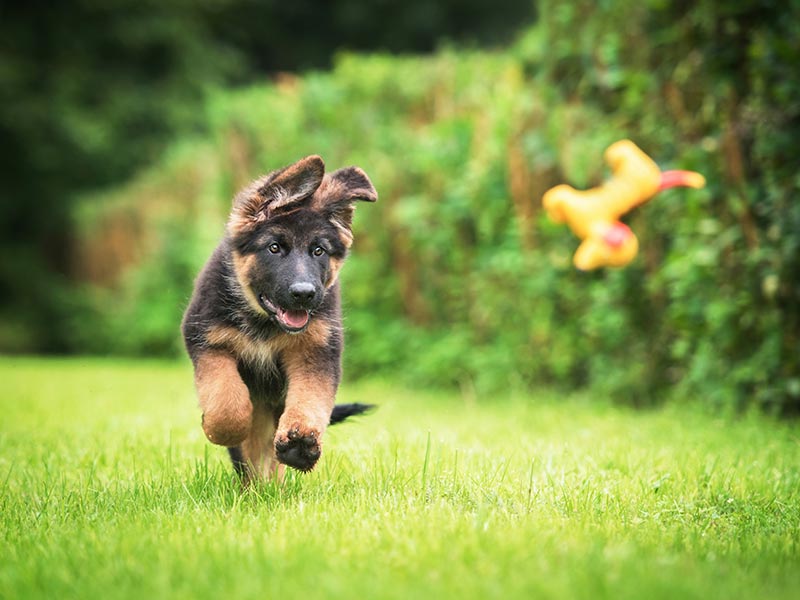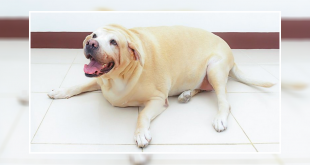Don’t we all want our fur babies to be in good health always? Each of us wants to cherish our pets for as long as possible. However, sometimes we need to remember how proper nutrition and lack of regular exercise can cause them to gain excessive weight.
Did you know that obesity is one of the leading health risks in pets today?
Health Issues Caused by Obesity in Pets
- Difficulty breathing
- High blood pressure
- Diabetes
- Resistance to insulin
- Liver disease
- Osteoarthritis
- Compromised immune system
Dogs and cats get obese the same way as we do. Overeating and sedentary lifestyle!
Even though genetically, some dog breeds tend to gain weight, primarily, its lack of awareness (on our part) causes obesity.
How to Prevent Obesity in Pets – Cats and Dogs?
Before discussing how to prevent your furry friend from getting obese, let’s be aware of dog obesity. It can be based on the following factors:
- Age – Ideally, senior dogs and cats weigh more than puppies and kittens.
- Breed – The breed of your pet matters a lot! A Chihuahua – weighing 20 pounds is obese as its model weight is 10 pounds, just as it’s underweight for a Spaniel (ideal weight 30 pounds).
- Medical Conditions – If your pet has a medical condition like hypothyroidism and Cushing’s’ disease, they can gain weight. So, ensure to consult a vet before taking the call on obesity.
Read More: Is Your Dog Overweight?
Tips To Help Prevent Pets Obesity
Excess weight gain strains. The heart and joints in dogs and cats. Being a pet owner, you must follow these tips meticulously to Keep Your Pet Healthy and Fit.
Three Vital Actions For Pet Owners
- Get annual pet wellness exams done.
- Maintain a consistent diet by implementing portion control. Set a regular and fun exercise routine
. #1 Be Mindful of Treats
Giving away treats to your pets readily throughout the day can add up extra calories. Appreciate affirmative action with games, snuggle time, toys, or extra playtime rather than always giving treats.
#2. Schedule Regular Exercise and Playtime
Exercising and playing with your dog is a bonding activity. It not only strengthens your relationship but also keeps your dog active.
If you are too busy, get a dog walker!
You can take your cats on a walk or play hide-and-seek with them by putting their favorite toys under the pillow. You can add toys and dangles to the multi-tiered cat tree or spice things up with a ramp or a teeter-totter to exercise your cat.
Read More: Boost Your Dog’s Immune System
#3. Designate Someone to Feed Your Pet
Like taking care of a baby, be a responsible pet parent to feed your pet.
If you don’t have a designated person in the house to feed pets, they can accidentally get extra meals. Could you assign someone to ensure your pets get fed the same amount consistently?
#4. Use a Measuring Cup for Pet Foods.
A medium dog breed requires 1 to 2 cups of dry food daily, whereas an indoor cat needs only approximately 1/3 to 1/2 cups of it each day. Therefore, it helps ensure portion control and reduces the risk of overfeeding your pet.
If you don’t have a measuring cup, get one from a pet store or online today!
#5. Avoid Emotional Eating
Do you Give in to the Sad Eyes or when they Begin?
Giving extra food is not love. It’s causing more harm to health than doing any good to anyone. Instead, use interactive toys to engage their minds or spend quality time with them to understand what’s making them sad. You can also consult a pet psychologist or veterinary behaviorist to understand the emotional problems your pet is experiencing.
#6. Pay Attention to Food Labels
Pay attention to the food labels next time you go pet food shopping. The ones mentioning ‘light’ or ‘reduced calories’ might have higher calories than other foods.
Could you read the ingredient details and labels carefully? Go for canned foods with higher protein, lower carbohydrates, and fewer calories. Talk to a vet about ideal food portions instead of following the pet food bag’s feeding directions.
Read More: How to Choose the Right Food for Your Dog?
#7. Consult a Veterinarian
A qualified veterinarian can tell you the ideal weight for your pet (depending on the age and breed of your dog or cat). Based on it, they can provide appropriate dietary recommendations to achieve your pet’s weight goals.
Conclusion
Your fur baby can naturally gain weight with age, like humans. However, whether you are a pet owner of one puppy or a multi-pet owner, remember that every pet is different, and each has different feeding needs. To prevent obesity in pets, keep them active and listen to the expert guidance of your veterinarian.
 DogExpress
DogExpress























 in Chandigarh, India.
in Chandigarh, India. 

